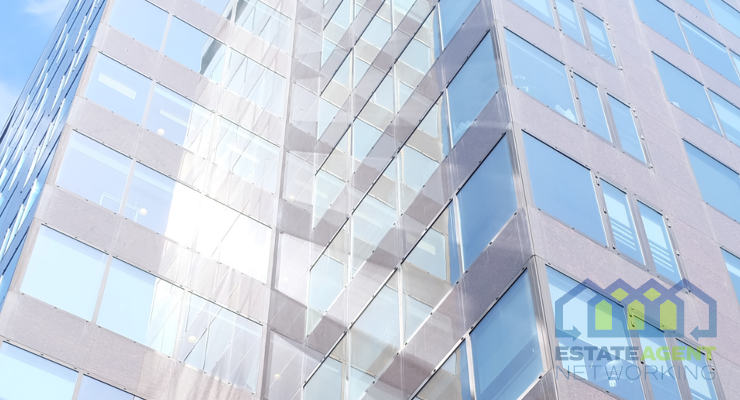Should You Soundproof Your Home Office?
In our post-pandemic lives, the benefits of remote working have somewhat lost their novelty and become commonplace for a variety of professional workers. Even so, maintaining a peaceful atmosphere that breeds good productivity and positive well-being remains difficult – especially during school holidays and when dealing with noisy neighbours.
Remote working seems like it’s here to stay, so it might be time to make some changes to your home office space to make sure you’re getting the most out of your day. This guide – written by wall soundproofing specialists Acoustic Shop – explores the importance of soundproofing your office space, as well as offering some advice on how you can reduce noise, turning your workspace into a haven for productivity.
The Importance of Soundproofing
Noise, distractions and general disturbances can be detrimental to your concentration, causing frequent interruptions that break up your workflow. In fact, some studies suggest that background noise can reduce productivity by as much as 66%, leading to higher stress levels and lower job satisfaction. In contrast, a quieter work environment can lead to improved focus, better communication, and a more harmonious work day.
Whether it’s sound coming from inside your home, from your neighbours or the streets outside, there are a few effective ways to prevent noise from getting into – or escaping from – your home.
Effective Soundproofing Techniques
Acoustic Panels
Acoustic panels are one of the most effective ways to reduce noise. These panels absorb sound waves, preventing them from bouncing off walls and ceilings. They come in various designs and colours, making them a versatile option for any home décor. Installing acoustic panels is straightforward: place them strategically on walls and ceilings where sound tends to reflect the most.
Soundproof Curtains and Blinds
Soundproof curtains and blinds are an excellent addition to any space, as they not only block out external noise but also provide thermal insulation, helping to maintain a comfortable temperature. When selecting soundproof curtains, look for thick, multi-layered fabrics. Installation is simple: hang them as you would regular curtains, ensuring they cover the entire window area for maximum effectiveness.
Carpeting and Underlays
Carpeting and underlays can significantly contribute to reducing noise, and thick carpets with dense fibres are ideal for absorbing sound. Underlays add an extra layer of insulation, further enhancing the soundproofing effect. When installing carpets, ensure they cover as much floor area as possible, including “high-traffic” zones.
Soundproofing Doors and Windows
Doors and windows are the most common “zones” for noise to bleed into (and out of) a room. Upgrading to solid core doors can dramatically reduce sound transmission, and adding door sweeps and seals further prevents noise from seeping through gaps. For windows, consider double-glazing, which provides an additional barrier against external noise. Proper installation is crucial to ensure these solutions are effective.
White Noise Machines
White noise machines can be a cost-effective way to mask background noise. These devices don’t eliminate noise, but instead emit a consistent sound that can help drown out distracting noises. This builds a more consistent environment of sound, making other noises less noticeable.
DIY Soundproofing Tips
For those looking for simple, cost-effective solutions, several DIY soundproofing methods can help. Using bookshelves as barriers can block noise and add a decorative touch to the office. Adding rugs and wall hangings can also help absorb sound. Rearranging your furniture to create natural sound barriers can further reduce noise levels.
On the subject of furniture, items of furniture covered in soft materials (like upholstered seating) can absorb sound waves, contributing to a quieter environment. Large potted plants also help absorb and diffuse noise, and they can be strategically placed near noisy equipment or between workspaces to enhance sound absorption.
Conclusion
A quieter home office environment can lead to better concentration, increased productivity and a less stressful work day. It’s not difficult to get started, and since it seems many roles are now at least part or even fully remote, it might be time to upgrade and make your space as productive and comfortable as possible. Why not start with a few pot plants and work your way up from there?![]()









